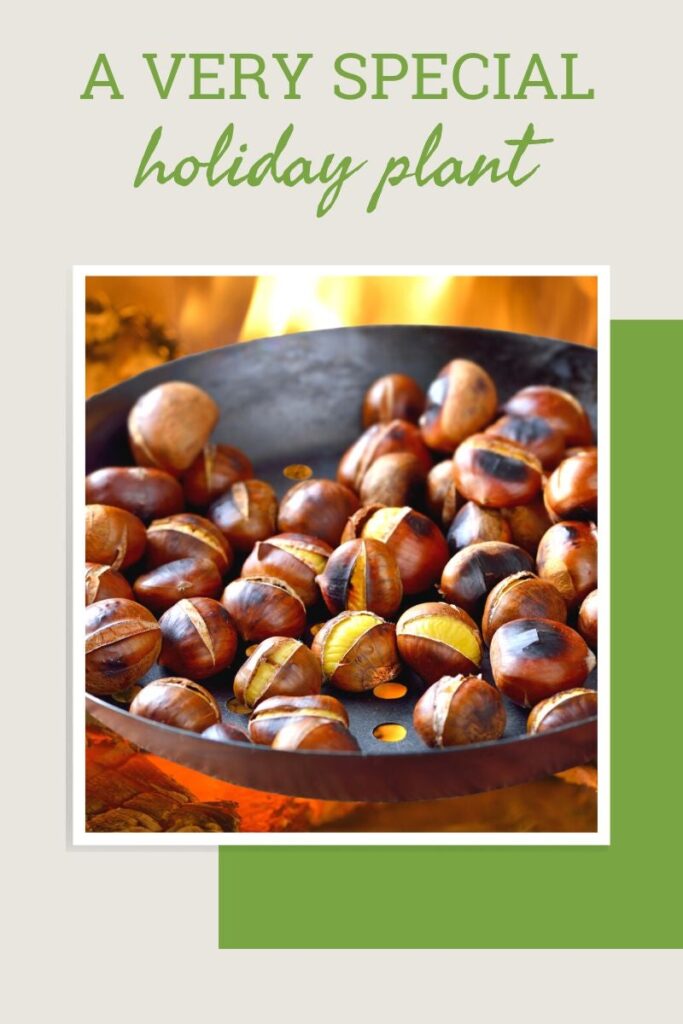[ad_1]
If there was one plant that reminds me of the holidays, it would be a chestnut tree. While this species is not typically thought of as a holiday plant, chestnuts, and the trees they grow on, created some of my most vivid holiday memories. You see, there was never a holiday dinner when my mother didn’t forget about the chestnuts she had roasting in the oven.
How To Roast Chestnuts in an Oven
Learning how to roast chestnuts in an oven is quite simple. You start by making a slit through the shell on one side of the chestnut. My mother always cut the flat side. Then, she would soak the chestnuts in water while she was preparing other dishes. Just as we sat down to dinner, she would pop the chestnuts into a 350 degree F. (177 C.) oven.
My parents loved the holidays. Both Thanksgiving and Christmas dinners were multi-course feasts that took my parents weeks to create. Being of Italian descent, the first course was always pasta, followed by the main course of meat, potatoes, and vegetable dishes.
These would be followed by a course of salads, then desserts. Just as we were all feeling uncomfortably full, my mother would jump up and run to the oven to retrieve the chestnuts. It never failed. She always forgot they were roasting in the oven.
I love roasted chestnuts. Even though I had already eaten too much, and the chestnuts were sometimes a little overdone, that didn’t stop me from digging in and grabbing my share. I wasn’t the only one. Rarely were there any leftover chestnuts for the next day’s dinner.
This scenario played out every holiday meal, but it wasn’t the only blunder my mother made when it came to chestnuts. It seems that after my parents built their house and were landscaping the property, they had bought what they thought was a chestnut tree.
Not All Chestnuts Are the Same
I was too young to remember at the time, but the story was told every holiday meal as we indulged in the roasted chestnuts. The tree my parents had mistakenly purchased was a horse chestnut (Aesculus hippocastanum). Trees which produce edible chestnuts belong to the Castanea genus.
Horse Chestnuts and their close relative, the American Buckeye, produce toxic nuts. These species have leaves that look quite similar to those of edible chestnut trees, so it’s easy to understand how my parents made that mistake.
Luckily, my parents realized the difference before the tree was large enough to produce nuts. Thus, the chestnuts we had for our holiday meals always came from the grocery store. As for the Horse Chestnut tree in the yard, it remained there until well after I had moved out and had started a family of my own.
I suppose my parents could have cut down the Horse Chestnut and replaced it with an edible chestnut tree. In truth though, Horse Chestnuts are attractive landscape trees. I can still remember the beautiful clusters of blossoms in shades of white, pink, and yellow that this tree produced each spring.
Any time I see one of these beauties blooming in the spring or I find myself purchasing my own chestnuts at the grocery store for my holiday meals, I think back to these laughable moments of my childhood. Chestnut trees may not be the typical holiday plant, but for me, they never fail to remind me of this special time of the year.
[ad_2]

